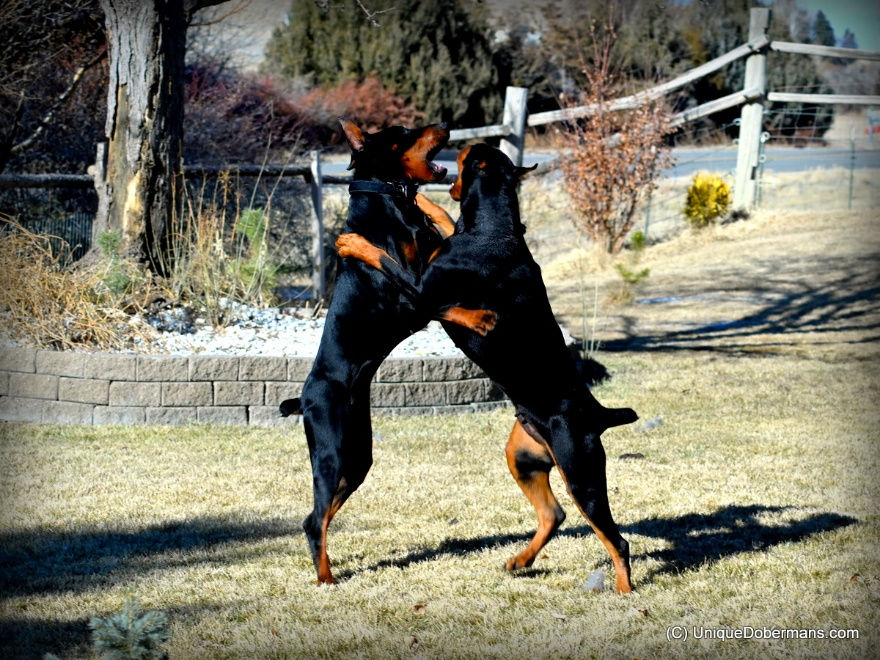Effective Training Techniques for a Well-Behaved Dog
- jan59371
- Oct 7
- 4 min read
Training your dog is essential for a happy and harmonious relationship. A well-trained dog is not only a joy to be around but also safer and more confident. This guide will walk you through effective dog training techniques that can help you raise a well-behaved companion. Whether you are a first-time dog owner or looking to improve your current training methods, these practical tips and strategies will set you on the right path.
Understanding the Basics of Dog Training
Before diving into specific techniques, it is important to understand the foundation of dog training. Dogs learn best through consistency, patience, and positive reinforcement. Training sessions should be short but frequent, allowing your dog to absorb commands without feeling overwhelmed.
Start with simple commands like "sit," "stay," and "come." Use treats, praise, and affection as rewards to encourage good behavior. Avoid punishment, as it can create fear and confusion. Instead, redirect unwanted behavior and reward the desired actions.
Consistency is key. Use the same words and gestures for commands every time. This helps your dog associate the command with the action clearly. Also, make sure everyone in the household follows the same training rules to avoid mixed signals.

Proven Dog Training Techniques for Success
There are several effective dog training techniques that can help you achieve a well-behaved dog. Here are some of the most popular and successful methods:
1. Positive Reinforcement
This technique involves rewarding your dog for good behavior. Rewards can be treats, toys, or verbal praise. Positive reinforcement encourages your dog to repeat the behavior to receive the reward.
Example: When your dog sits on command, immediately give a treat and say "Good job!" This helps your dog understand that sitting leads to positive outcomes.
2. Clicker Training
Clicker training uses a small device that makes a clicking sound to mark the exact moment your dog performs the desired behavior. The click is followed by a reward. This method helps dogs learn quickly because the click provides clear communication.
Tip: Start by associating the clicker sound with treats before using it during training.
3. Crate Training
Crate training helps your dog learn boundaries and provides a safe space. It is especially useful for housebreaking and preventing destructive behavior when you are not home.
Actionable advice: Make the crate comfortable with bedding and toys. Never use the crate as punishment.
4. Leash Training
Teaching your dog to walk calmly on a leash is essential for enjoyable walks. Use treats to reward your dog for walking beside you without pulling.
Tip: Stop walking if your dog pulls and resume only when the leash is slack. This teaches your dog that pulling will not get them where they want to go.
5. Socialization
Expose your dog to different people, animals, and environments early on. Proper socialization reduces fear and aggression and helps your dog behave well in various situations.
Example: Arrange playdates with other dogs or take your dog to busy parks to experience new sights and sounds.

What is the hardest command to teach a dog?
Some commands are more challenging than others due to their complexity or the dog's natural instincts. One of the hardest commands to teach is "stay." This command requires your dog to remain in one place for an extended period, which can be difficult for energetic or easily distracted dogs.
Tips for Teaching "Stay"
Start with short durations, like 5 seconds, and gradually increase the time.
Use a hand signal along with the verbal command.
Reward your dog immediately when they successfully stay.
Practice in a quiet environment before introducing distractions.
Be patient and consistent; some dogs take longer to master this command.
Another challenging command is "leave it," which teaches your dog to ignore or drop something they are interested in. This is crucial for safety but requires clear communication and repetition.
Teaching "Leave It"
Hold a treat in your closed hand and let your dog sniff but not take it.
When your dog stops trying to get the treat, say "leave it" and reward with a different treat.
Practice with various objects and in different settings.

Common Mistakes to Avoid in Dog Training
Even with the best intentions, some mistakes can hinder your dog's progress. Being aware of these pitfalls can help you avoid them:
Inconsistency: Changing commands or rules confuses your dog.
Lack of Patience: Dogs learn at different paces; rushing can cause frustration.
Using Punishment: Harsh methods can damage trust and lead to fear-based behaviors.
Ignoring Small Successes: Celebrate every step forward to keep your dog motivated.
Overtraining: Long sessions can tire your dog and reduce focus.
By steering clear of these mistakes, you create a positive learning environment that fosters success.
Enhancing Your Dog Training Experience
To make training more effective and enjoyable, consider these additional tips:
Set Realistic Goals: Break down complex behaviors into smaller steps.
Use High-Value Rewards: Find treats or toys your dog loves to keep motivation high.
Keep Sessions Short: Aim for 5-10 minutes multiple times a day.
Stay Calm and Positive: Your energy affects your dog’s response.
Seek Professional Help: If you encounter persistent issues, a professional trainer can provide personalized guidance.
For more detailed dog training tips, explore resources that offer specialized advice tailored to your dog's breed and personality.
Training your dog is a rewarding journey that strengthens your bond and improves your dog's quality of life. With patience, consistency, and the right techniques, you can raise a well-behaved dog that is a joy to have by your side.




Comments